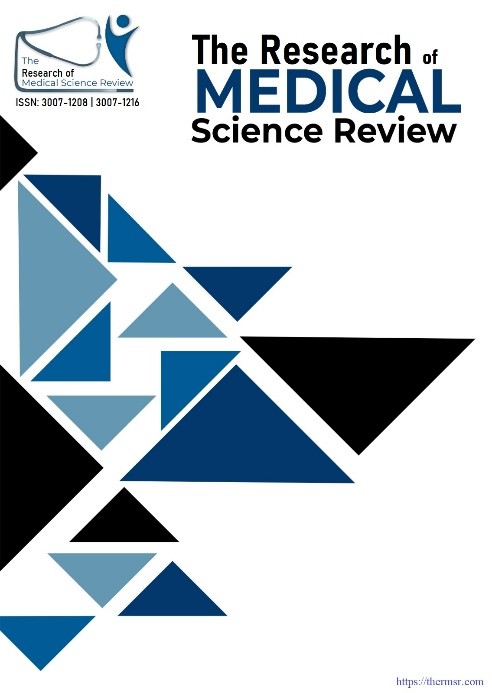ASSESSING CERVICAL PROPRIOCEPTION AND BALANCE TO MITIGATE FALLS AMONG ELDERLY INDIVIDUALS: A CROSS SECTIONAL STUDY
Main Article Content
Abstract
Introduction: Cervical proprioception, is an essential component of physiological function and is critical in maintaining the equilibrium and functionality of the head and neck. Previous studies have suggested that the proprioceptive, visual and vestibular sensory systems interact to maintain dynamic stability during movement.
Objectives: The aim is to investigate the relationship between cervical proprioception and balance to mitigate falls among elderly individuals with cervical spondylosis.
Methods: This is a cross-sectional study, that was conducted in Liaquat National Hospital Karachi, Pakistan. For the collection of data convenience-based sampling was used. The estimated sample size was 133. Elderly individuals aged 65 years and older with confirmed diagnosis of cervical spondylosis, has history of fall and able to walk independently was included. While individuals with history of whiplash- associated disorder, neurological disorder, fracture, dislocation, inflammatory joint disease, fatigue syndrome, fibromyalgia, diabetic neuropathy, history of cervical spine surgery or trauma, central nervous system impairment, vestibular impairment, individuals unable to comprehend, follow study instruction and those taking sedating medication was excluded. Berge Balance Scale, Goniometer and Cervical JPE was used for the assessment of balance, cervical ROM and cervical proprioception. Data was analyzed using SPSS version 21.
Result: The study reveals that while most participants demonstrate moderate balance, right rotation ability significantly correlates with balance deficits.
Conclusion: The study highlights the critical role of cervical proprioception, particularly during rotational movements, in maintaining balance. Right cervical rotation errors exhibited the strongest negative correlation with balance, suggesting that accurate joint position sense during this movement is essential for stability. Left rotation also contributed to balance but to a lesser extent. Conversely, flexion and extension movements had minimal impact on balance.
Overall, participants demonstrated moderate balance ability, but individuals with higher JPE, especially during right rotation, may face a greater risk of instability and falls. These findings emphasize the importance of targeting cervical proprioception, particularly rotational movements, in balance training and rehabilitation programs, especially for populations prone to balance deficits.
Downloads
Article Details
Section

This work is licensed under a Creative Commons Attribution-NonCommercial-NoDerivatives 4.0 International License.
